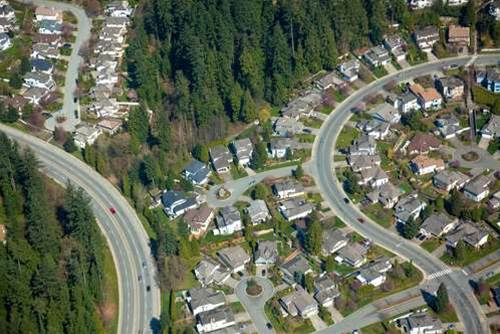A key council on Melbourne's urban fringe is calling for a review of the boundaries of Telstra's charging zones for ADSL ports, amid concerns many are outdated.

The City of Whittlesea — best known in telco circles as pioneers for ensuring new housing estates were fibre-ready — is hoping the Australian Competition and Consumer Commission (ACCC) will oversee the "establishment of a review mechanism for wholesale ADSL zones".
The zones, numbering one to three, refer to whether a user is in a metropolitan, regional or rural part of Australia. Access charges are incrementally more expensive the further one lives from the city.
The council is concerned areas of the city fringe that would once have been considered regional or rural have effectively become part of the city sprawl over time, but that Telstra's zone classification — and ADSL prices charged to residents — does not reflect the shift.
"The zones for ADSL wholesale access were historically established and there is no fair mechanism for reviewing zones," council CEO David Turnbull said in a submission to the ACCC. (pdf)
"Zones remain constant despite land on the urban fringe being urbanised from population growth and additional infrastructure, including telecommunications.
"It seems that only Telstra can determine whether to review zones or not and do so without applying any set criteria or providing any transparency in the process."
The council hoped that a formal review mechanism with regulatory oversight would "guard against Telstra using the existing wholesale ADSL zones established historically to obtain additional revenue despite changes in land use".
Council cited two suburbs — Fawkner, 12km from Melbourne's CBD, and Mernda, 30km from the CBD —as examples of places where Telstra zoning had frozen, despite changes in land use.
Turnbull said both suburbs are in the Melbourne charging zone for local telephone calls, but are respectively classified as zone 2 and zone 3 for ADSL ports.
"The same residence is charged a 'regional' rate for ADSL access but a 'metro' rate for local telephony," Turnbull wrote.
The Council is seeking a "consistent relationship between broadband and telephony zone pricing".
"As the primary difference in cost base for the copper that provides both telephony and ADSL broadband services is distance from the head-end and hence length of the backhaul, then the zones established for pricing should be consistent for both local call telephony and broadband," Turnbull said.
"If the telephone charging zone is metro, then the ADSL broadband wholesale access should be Zone 1".




.png&h=140&w=231&c=1&s=0)





 iTnews Executive Retreat - Security Leaders Edition
iTnews Executive Retreat - Security Leaders Edition












_(1).jpg&h=140&w=231&c=1&s=0)



